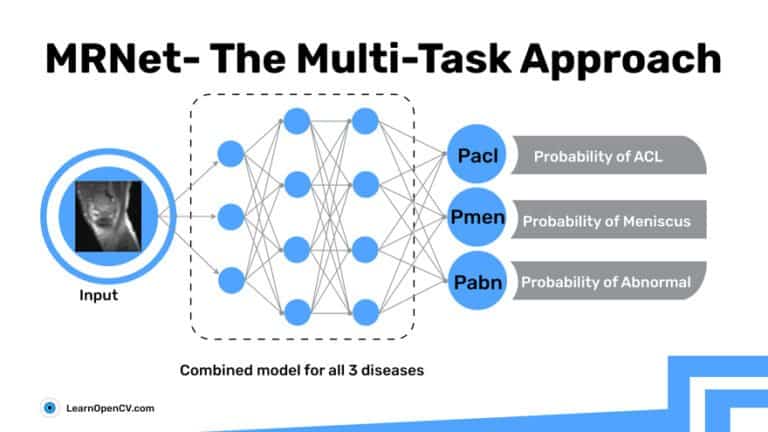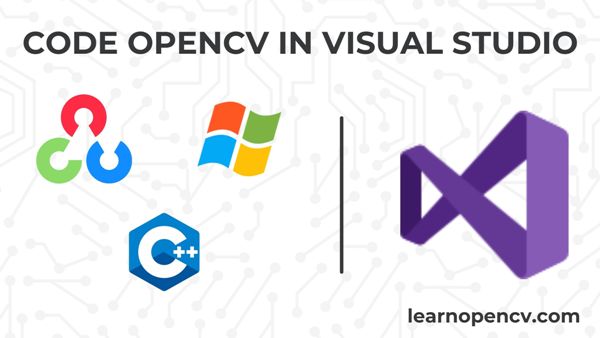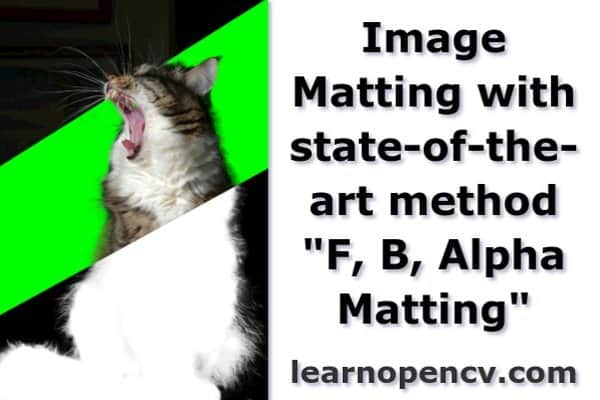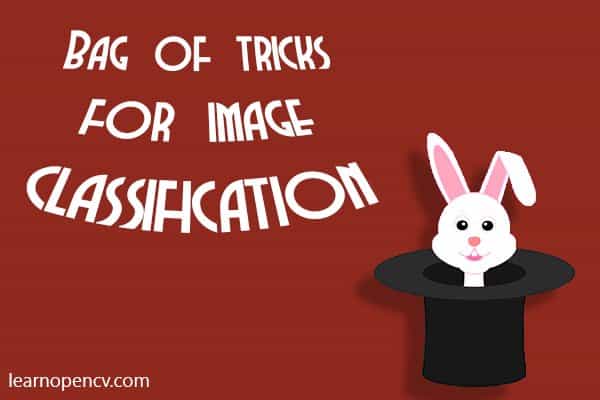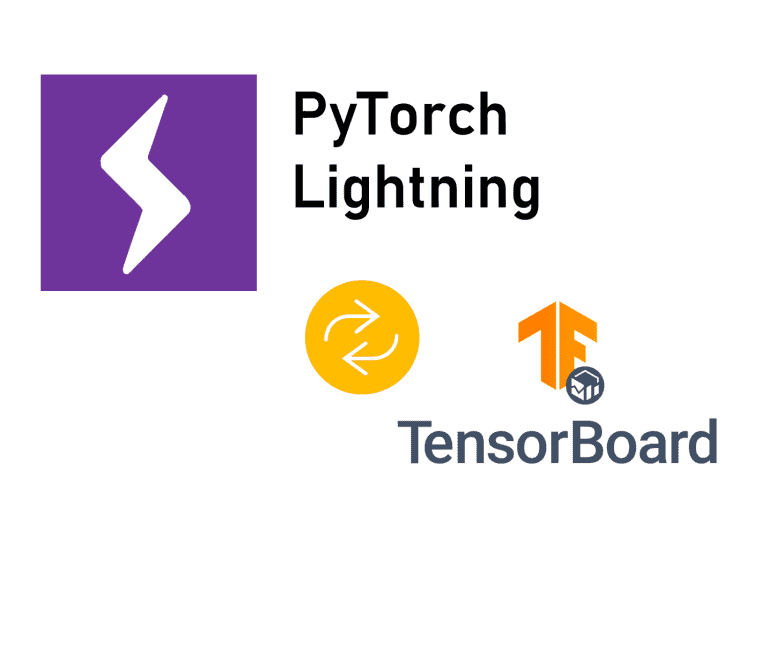tutorial
Our last post on the MRNet challenge presented a simple way to approach it. There you learned to make a separate model for each disease. And ended up with three
When approaching a problem using Machine Learning or Deep Learning, researchers often face a necessity of model tuning because the chosen method usually depends on various hyperparameters and used data.
The foreground is the part of a view or picture, that is nearest to you when you look at it (Oxford dictionary). We, humans, are usually good at distinguishing foreground
Introduction Image classification is a key task in Computer Vision. In an image classification task, the input is an image, and the output is a class label (e.g. “cat”, “dog”,
A picture is worth a thousand words! As computer vision and machine learning experts, we could not agree more. Human intuition is the most powerful way of making sense out
Wouldn’t it be cool if you could just wave a pen in the air to draw something virtually and it actually draws it on the screen? It could be even
Imagine, one day you have an amazing idea for your machine learning project. You write down all the details on a piece of paper- the model architecture, the optimizer, the
In our previous post, we learned what is semantic segmentation and how to use DeepLab v3 in PyTorch to get an RGB mask of the detected labels within an image.
Hi! This post is part of our PyTorch series. In the previous post, Pytorch Tutorial for beginners, we discussed PyTorch, it’s strengths and why you should learn it. We also
In this article, we will learn deep learning based OCR and how to recognize text in images using an open-source tool called Tesseract and OpenCV. The method of extracting text

